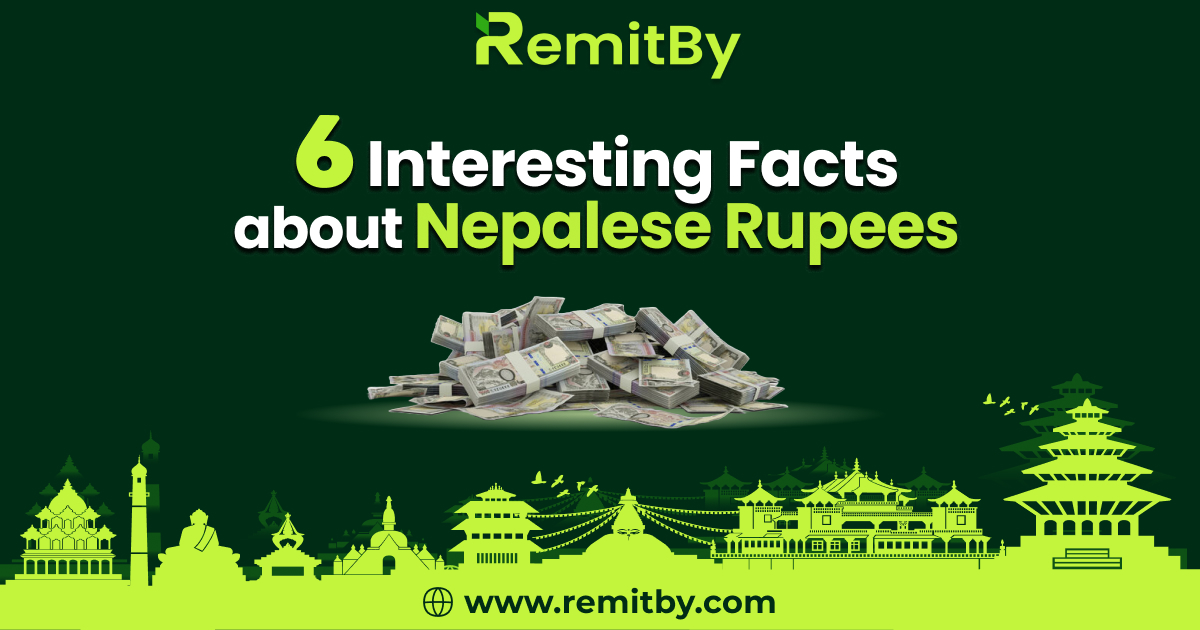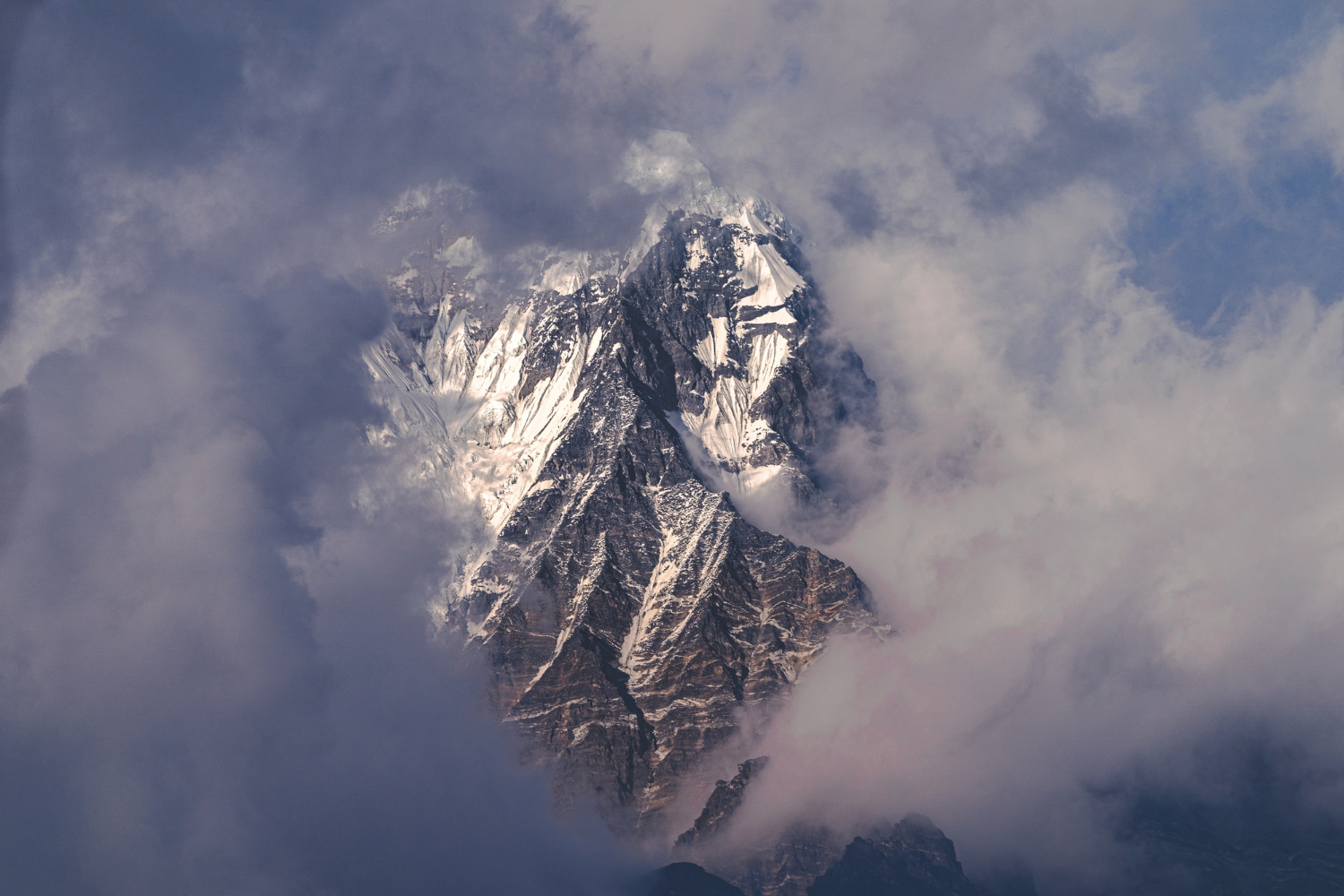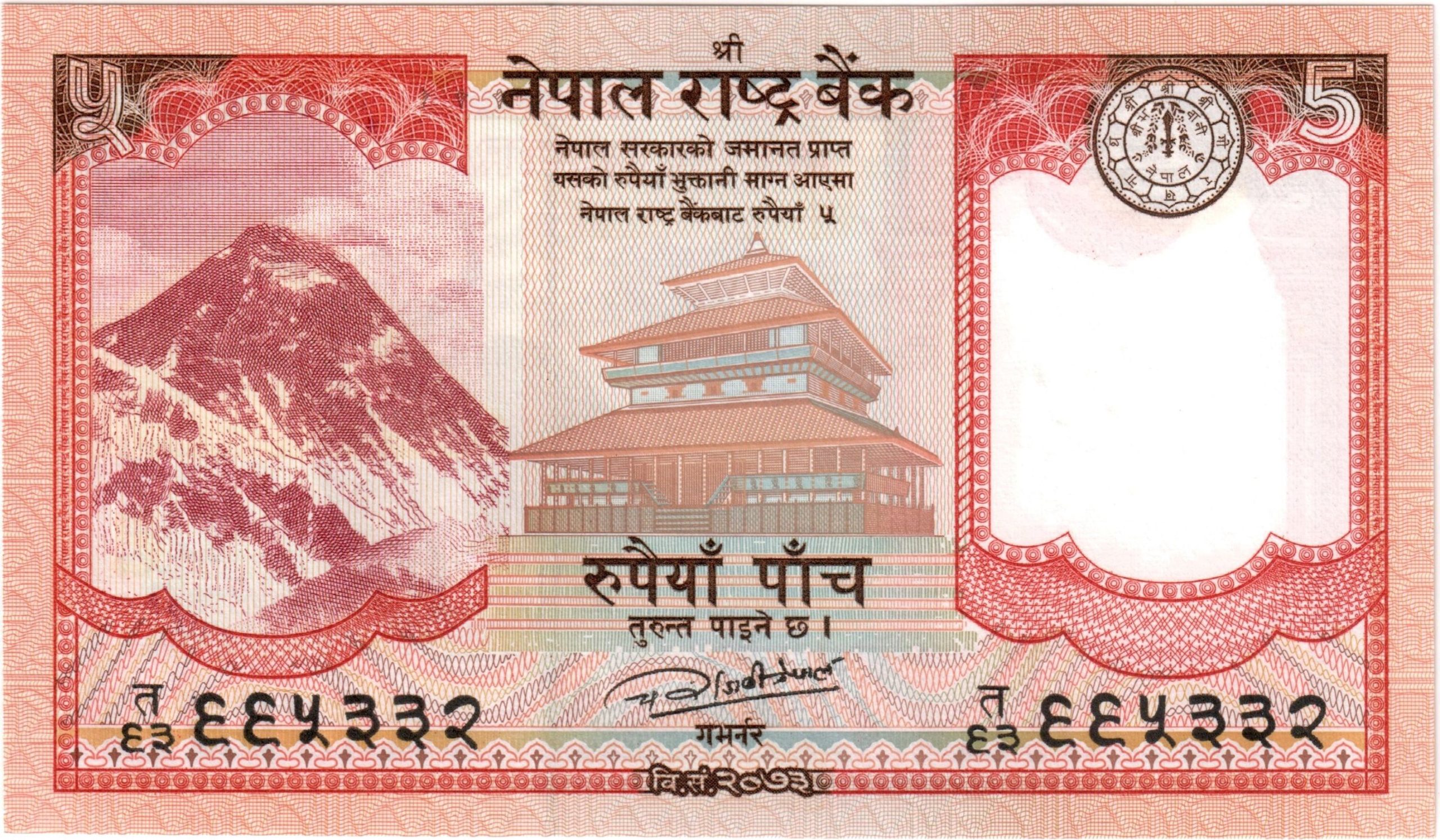6 Interesting Facts About Nepalese Rupees

Table of Contents
Nepal is a beautiful country in South Asia where the earth meets the sky, literally. Its mesmerising mountains, sparkling rivers, and bushy hills make it one of the most captivating places in the world. However, beyond its exquisite landscapes and diverse geography, Nepal also has an interesting monetary system centered around the Nepalese rupee (NPR). Just like the country’s cultural richness, its official currency, NPR, carries a strong history and facts that make it quite intriguing. Here are some of the interesting facts about the Nepalese rupee that will leave you in awe.
Check Out These Interesting Facts About the Nepalese Rupee
1. Nepalese Rupee Was Brought As An Upgrade To Mohar
Historically, Nepal relied on the silver mohar to trade goods and services. However, in 1932, the Nepalese rupee was introduced as a modern replacement for the traditional mohar, revolutionizing the country’s monetary system. The Mohar had been in use for nearly 300 years but was incapable of meeting the growing economic needs of the nation. Additionally, the Nepali people used a mix of currencies, including Indian and Tibetan coins. The introduction of the Nepalese rupee was crucial for stabilising the economy and harmonizing Nepal’s monetary system with the rest of the world.
2. The Nepalese Rupee Holds Strong Ties To The Indian Rupee
India is Nepal’s one of the largest trading partners. Thus, in order to maintain economic relations with India, the Nepalese rupee was pegged to the Indian rupee at a 2:1 exchange rate. However, even after so many years, it remains linked to the Indian rupee. Thus, any fluctuation in the value of the Indian rupee impacts Nepal’s economy as well. For now, the official exchange rate is 1.6 NPR to 1 INR.
3. Nepalese Currency Comes In Different Denominations
The Nepalese rupee exists in various denominations, from coins to banknotes. Talking about coins, they range from NPR 1 to NPR 5, with the smaller paisa units being worth 1/100th of a rupee. Although the Paisa isn’t much in use due to inflation, still in circulation due to ceremonial and commemorative purposes.
Banknotes, on the other hand, range from NPR 1 to NPR 1,000 and have more use in regular transactions than coins. These banknotes have beautiful designs and unique colours displaying illustrations of Nepal’s historical figures, its cultural landmarks, and the natural wonders located in the country.
4. Nepalese Notes Hold the History Of Its Political Evolution
Nepal has undergone significant political changes, most notably the transition from a monarchy to a democratic country, and its currency reflects this transition. Prior to 2008, the country was ruled by kings, and banknotes featured portraits of the kings. However, after the abolishment of the monarchy in 2008, nationally and culturally relevant illustrations took their place. This shift in currency’s depictions is a sign of Nepal’s democratic identity.
5. Currency Depicts Its Home To the World’s Tallest Mountain
The image of Mount Everest, the highest mountain in the world, appears on the majority of Nepalese banknotes. It is not just a portrayal of Nepal’s geography but a symbol of Nepal’s pride.

Mount Everest, also known as Sagarmatha among residents, is famous for mountaineering all over the world. Other than Everest, currency also features national figures and cultural motifs like sacred temples, rich wildlife, and the unique nation’s emblem.
6. Every Note Is Sealed With Sophisticated Security Features To Prevent Counterfeiting
Although the banknotes appear to be simple paper cutouts with illustrations and numbers, they contain much more than that. These banknotes also include microtext, watermarks, and even threads for extra security. You can spot the watermark, like the Mount Everest image and security threads, when you hold them in direct light.
Despite being a small economy, Nepal is committed to offering a reliable monetary system for its residents and protecting them from forgery issues. As counterfeit technology evolves, the country ensures that its banknotes are also updated to improve their security.
One Extra Fact
Nepalese Rupee Has Quite A Limited International Use
Being Nepal’s currency, Nepalese rupees don’t have much use outside Nepal. International travellers visiting Nepal to enjoy its stunning landscapes or have an amazing mountaineering experience often need to exchange their currency for Nepalese rupees. However, in regions near the India-Nepal border, the Nepalese rupee can still be accepted for smaller transactions.
Despite its limited international use, the Nepalese rupee is crucial for the country, especially since modern banking services are not widely available in many areas. Additionally, remittances sent by Nepalis living abroad play a significant role in the country’s economy as they primarily come in the form of Nepalese rupees. These remittances contribute notably to Nepal’s GDP and provide essential financial support for millions of households.
Wrapping Up
Nepalese rupee isn’t just an exchange medium; it exemplifies the nation’s pride in its history, culture, and natural beauty. From the economic to political shifts, it has seen it all! Whenever you handle Nepalese notes, make sure to acknowledge that you are holding a piece of Nepal’s rich heritage.
Recommended Read: What Is The Remittance Fee To Send Money To Nepal From Australia?



